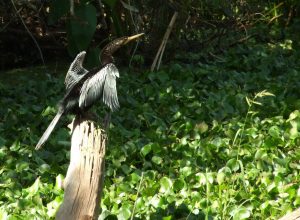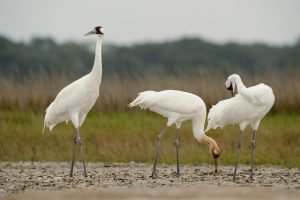
The US has experienced two major hurricanes over the past two weeks, and like many people I have been following the news on these events closely. The last statistics on fatalities that I found report that seventy-one people died in hurricane Harvey and eighty-one in Irma. More than half of the Irma fatalities occurred in the Caribbean. Death tolls from these storms are expected to continue to rise.
As devastating as these hurricanes were, I couldn’t help but compare the loss of life to 2005’s Hurricane Katrina, where over 1,800 people died. One of the reasons that many people in Katrina’s path refused to evacuate was that they did not want to abandon their pets. Storm shelters were not allowing pets and buses were refusing to transport people accompanied by animals. This time around shelters were prepared to accept people accompanied by animals and animal shelters were also poised to help evacuees who could not leave with their pets.
So dogs and cats, as well as people, fared better in these major hurricanes than in previous ones. Many people are asking, what about wildlife in the regions where hurricanes made landfall?

Corkscrew Swamp Sanctuary in southwest Florida also suffered major damage to buildings and boardwalks. The Sanctuary is closed and there is no word yet on when it will be reopened. Again, an assessment of damage to the Sanctuary will not be completed for some time for reasons of safety, in this case the major hazard being fallen trees and unsafe structures. On Big Pine Key, deer have been spotted since Irma tore through. It is unknown what effect the hurricane had on the population of the rare Key deer species. On Key West, Hemingway’s famous six-toed cats evidently survived the storm just fine.

Aransas NWR. Photo: US Fish and Wildlife.
Here are the links for updates on damage assessments at Corkscrew and Aransas.
Have you seen information yet about the webinar I will be leading on Mastering Moon Energies?
